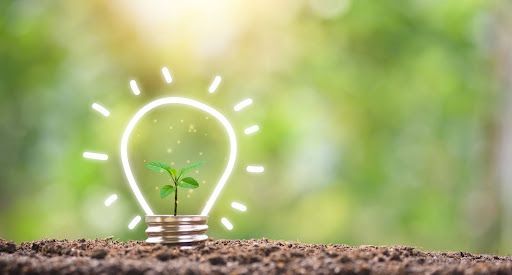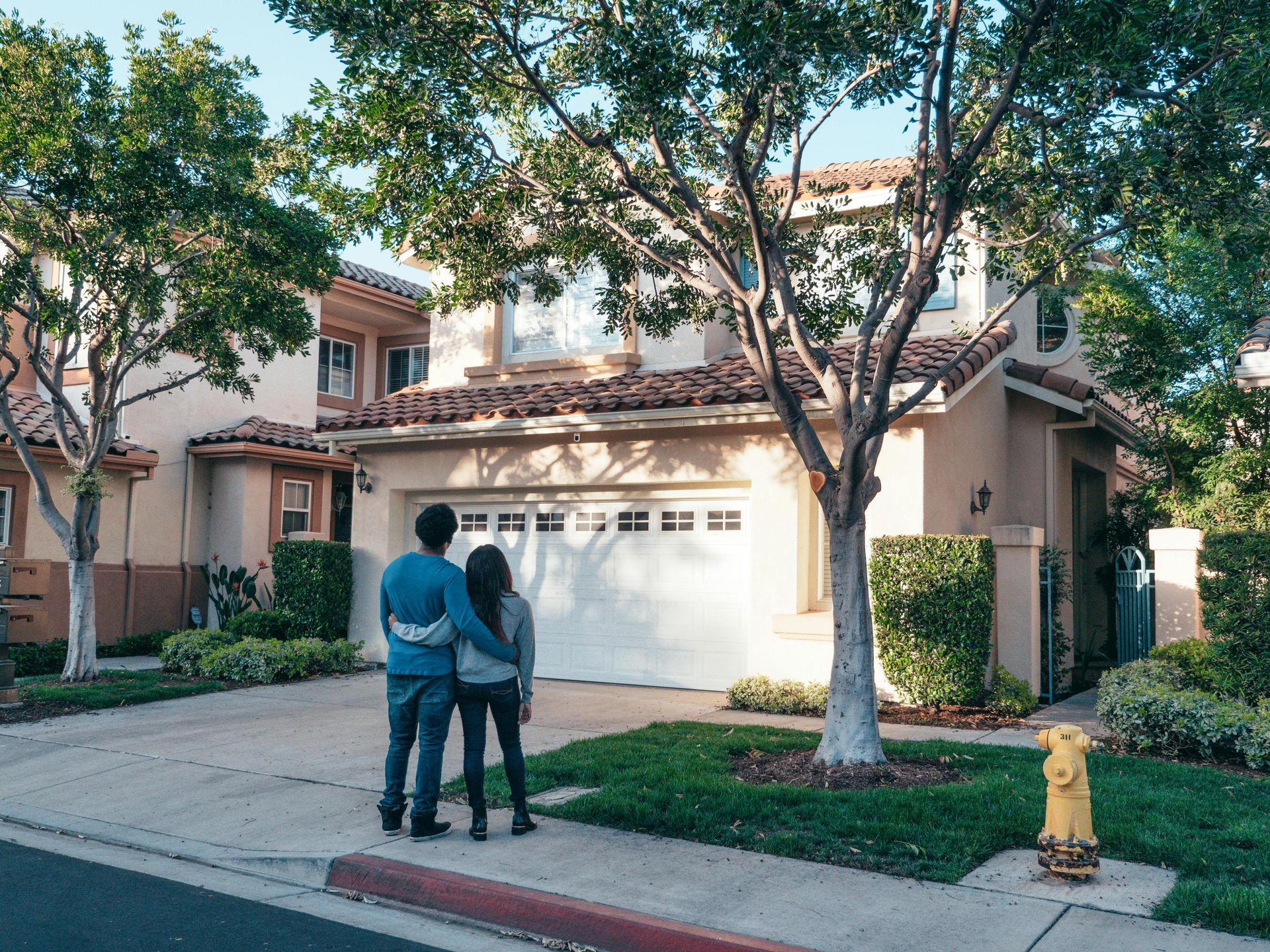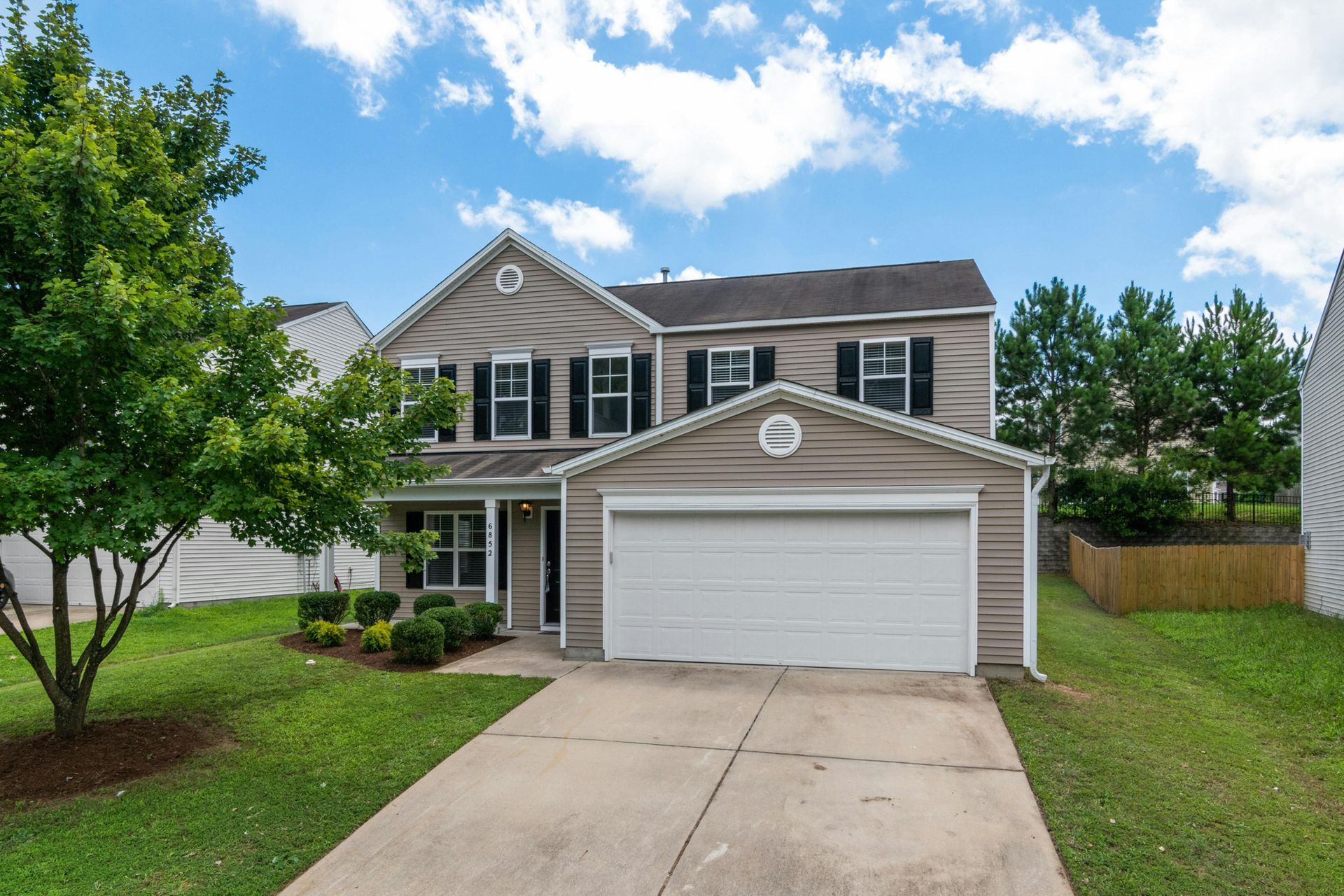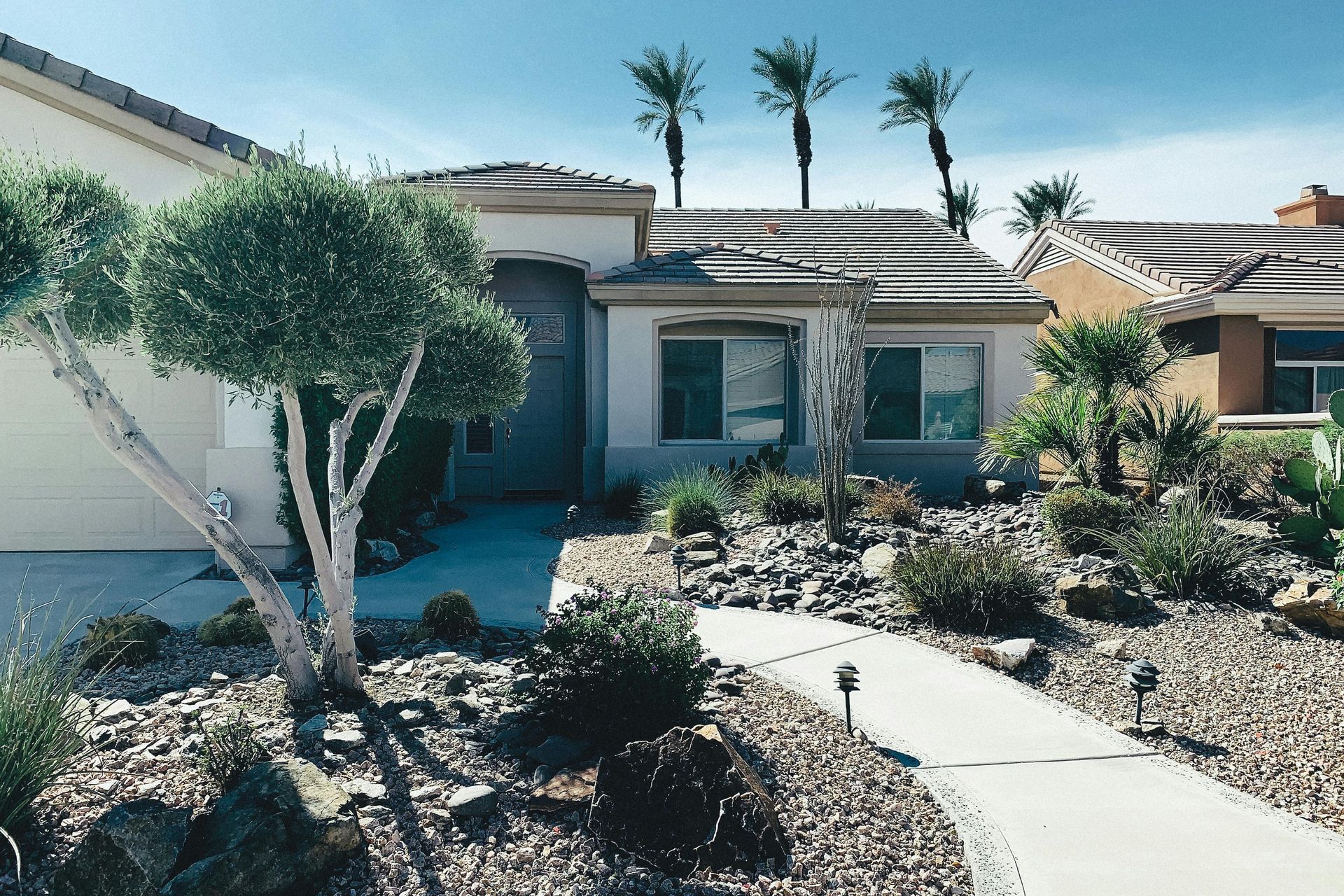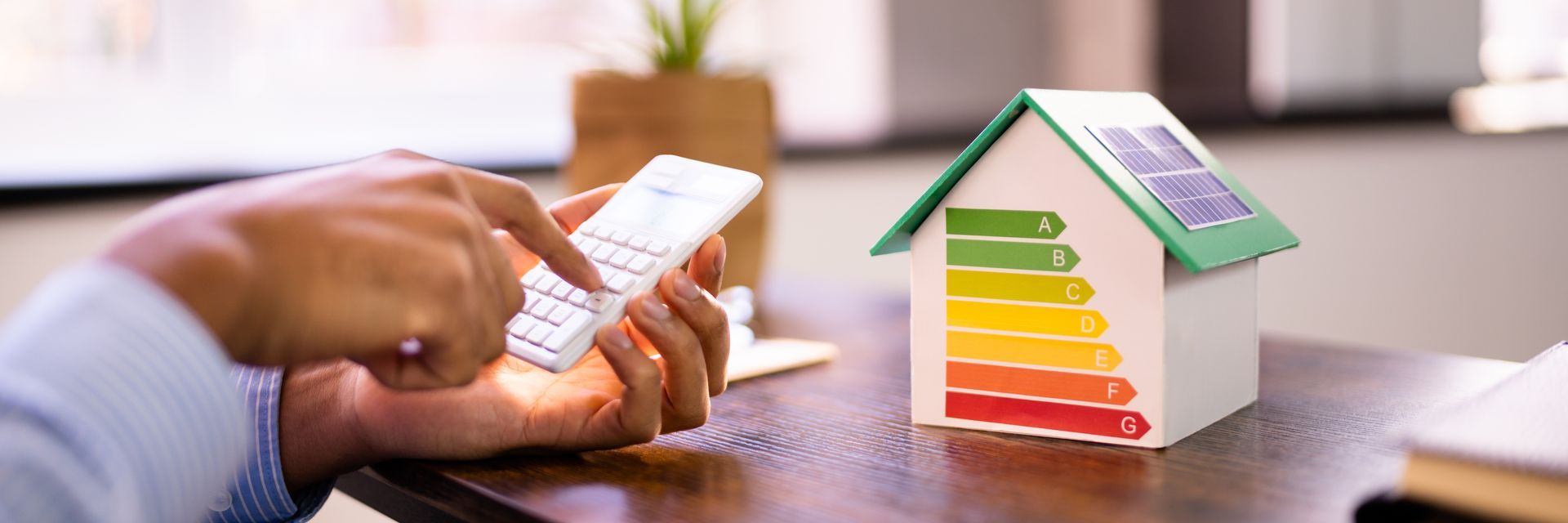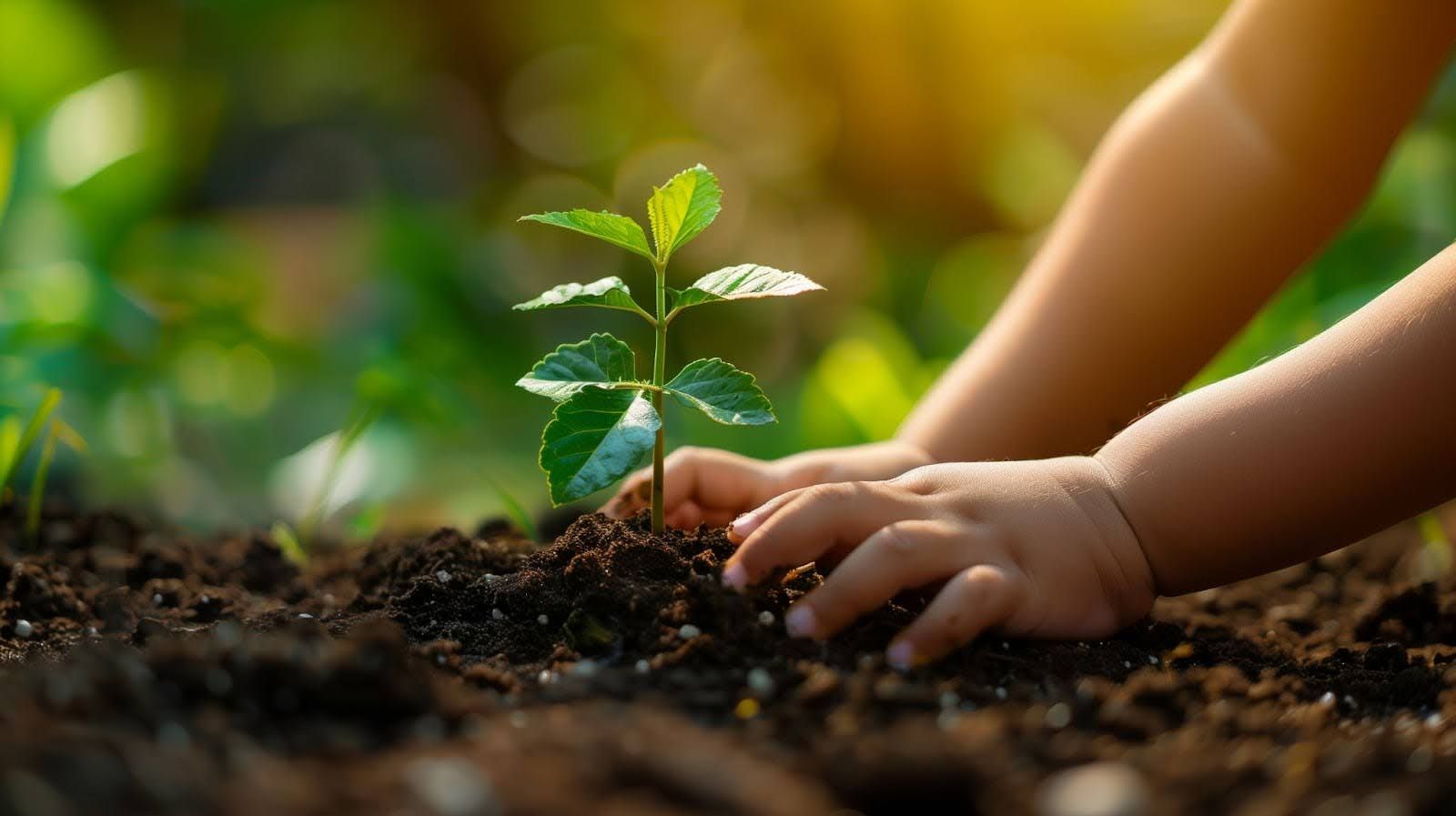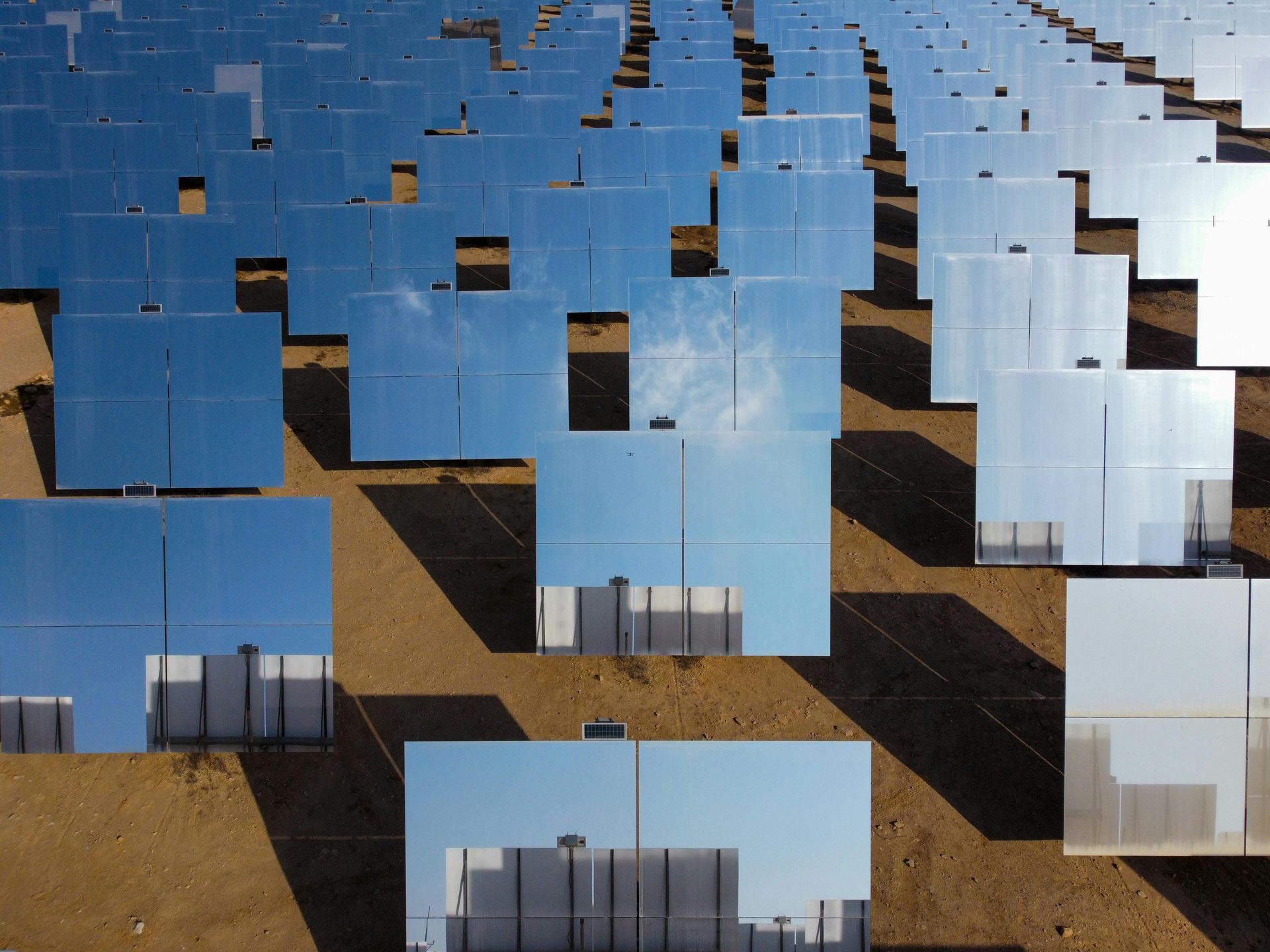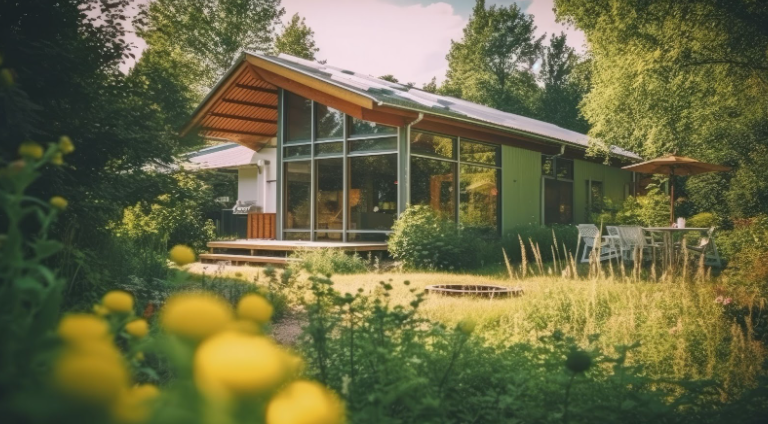Green Living on a Budget: Navigating Eco-Home Upgrades
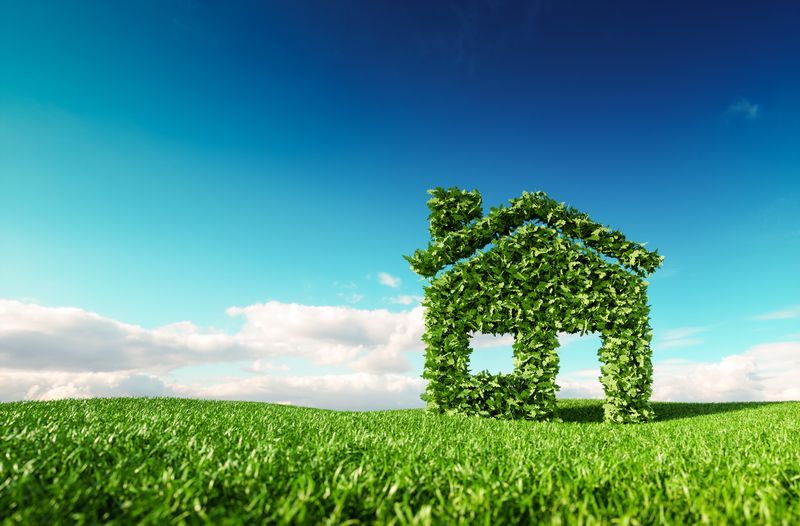
Embracing green living by upgrading to an eco-friendly home has become a goal for many environmentally conscious individuals. However, the perception that sustainable living comes with a hefty price tag can be daunting. With strategic financial planning, it's possible to invest in eco-friendly home features without straining your budget. This article provides practical guidance for homeowners seeking to budget for eco-upgrades, offering advice on how to prioritize investments, balance initial costs with long-term savings, and allocate funds efficiently to ensure both financial and environmental sustainability.
Evaluating the Costs and Benefits of Eco-Friendly Features
Before diving into the world of eco-home upgrades, it's essential to assess the true cost versus the benefits. Some upgrades might have a higher initial cost but lead to significant long-term savings through reduced utility bills, potential tax incentives, or increased home value. Carefully review each potential upgrade to understand its return on investment.
Establishing a Green Budget
The first step in eco-home planning is to establish a budget. Determine the amount you can comfortably allocate towards green upgrades. This budget should account for both the immediate costs of upgrades and any potential financing you might use, such as green mortgages or energy-saving loans that offer favorable terms for eco-friendly home improvements.
Prioritizing Eco-Upgrades
With limited resources, prioritizing is key. Begin with upgrades that offer the most significant environmental impact and cost savings. Energy audits can be a valuable tool in this process, helping to identify the most effective upgrades. Smaller, less costly improvements can also make a significant difference, such as sealing drafts or switching to LED lighting.
Upfront Costs Versus Long-Term Savings
Some eco-home upgrades demand a substantial upfront investment but can lead to significant savings. For example, installing solar panels or energy-efficient HVAC systems can be expensive initially but often result in lower monthly energy bills. Factor these long-term savings into your budgeting decisions.
Grants and Incentives for Eco-Friendly Home Upgrades
Research available grants, incentives, and rebates that can offset the costs of eco-friendly home upgrades. Many governments and utility companies offer financial assistance for green renovations, which can make a big difference in your overall budget.
DIY Versus Professional Green Upgrades
Consider which upgrades you can do yourself and which require a professional. DIY projects can save labor costs, but for some complex installations, such as solar panels or geothermal systems, hiring experts is necessary for safety and to ensure that you receive the full benefit of the upgrade.
Investing in Energy-Efficient Appliances
Upgrading to energy-efficient appliances is a straightforward step towards a greener home. Look for ENERGY STAR certified products when replacing appliances, as they are designed to use less energy and water than standard models, resulting in savings on utility bills.
Smart Home Technology for Energy Management
Smart home technology can be a cost-effective investment for managing your home's energy use. Programmable thermostats, smart lighting systems, and energy monitors give you greater control over energy consumption, often with a smaller initial outlay compared to other eco-upgrades.
Sustainable Materials and Building Practices
If you're considering more extensive renovations, choosing sustainable building materials and practices can reduce environmental impact while potentially cutting long-term costs. Materials like bamboo flooring or recycled insulation can be budget-friendly and environmentally sound choices.
Maintenance and Upkeep of Eco-Features
Account for the maintenance and upkeep of any eco-upgrades. While some features, like solar panels, have minimal maintenance costs, others may require ongoing expenses. Ensure these are factored into your long-term budget plans.
Engaging with Eco-Communities for Tips and Trades
Engage with local eco-communities for tips, trades, and shared experiences. Many communities have swap meets, where you can find second-hand eco-friendly materials or appliances, and forums where you can learn from others' experiences in green home upgrades.
Future-Proofing Your Home with Eco-Upgrades
Consider how green upgrades can future-proof your home against rising utility costs and changes in environmental regulations. Investing in eco-upgrades now can help ensure your home remains sustainable and cost-effective in the long term.
Investing in a green home doesn't require an endless budget—it requires careful planning and prioritization. By assessing the cost-effectiveness of each potential upgrade, exploring financing and incentive options, and approaching the project with a strategic mindset, homeowners can make significant eco-friendly improvements without breaking the bank. The transition to green living can be both achievable and affordable, providing benefits to the planet as well as your wallet.
Embark on your journey towards a greener, more sustainable home with us! Our expertise in eco-friendly home improvements can help you maximize your home's energy efficiency, reduce your environmental footprint, and save on costs in the long run. Contact us to get started on transforming your home into an eco-friendly haven today!
